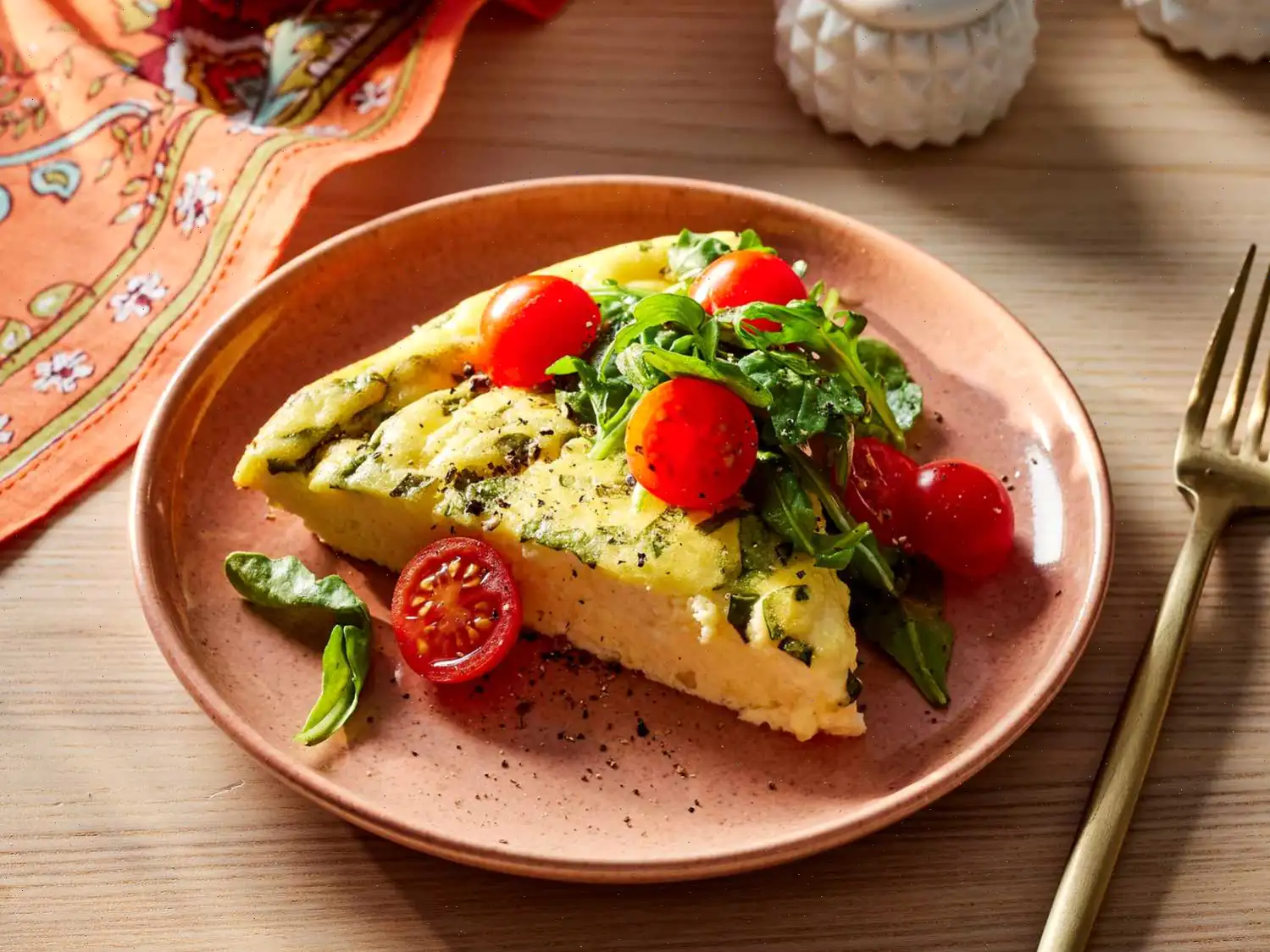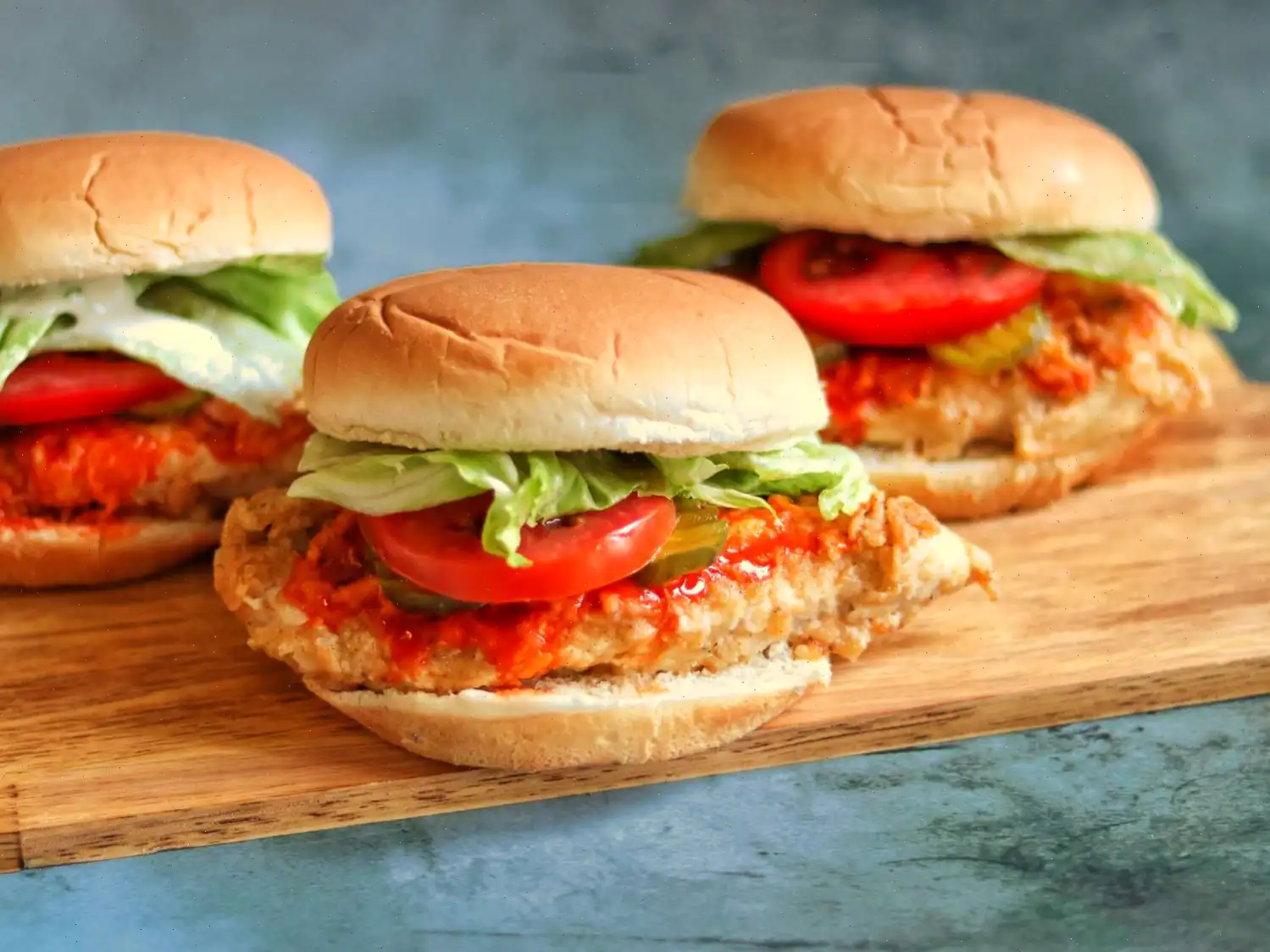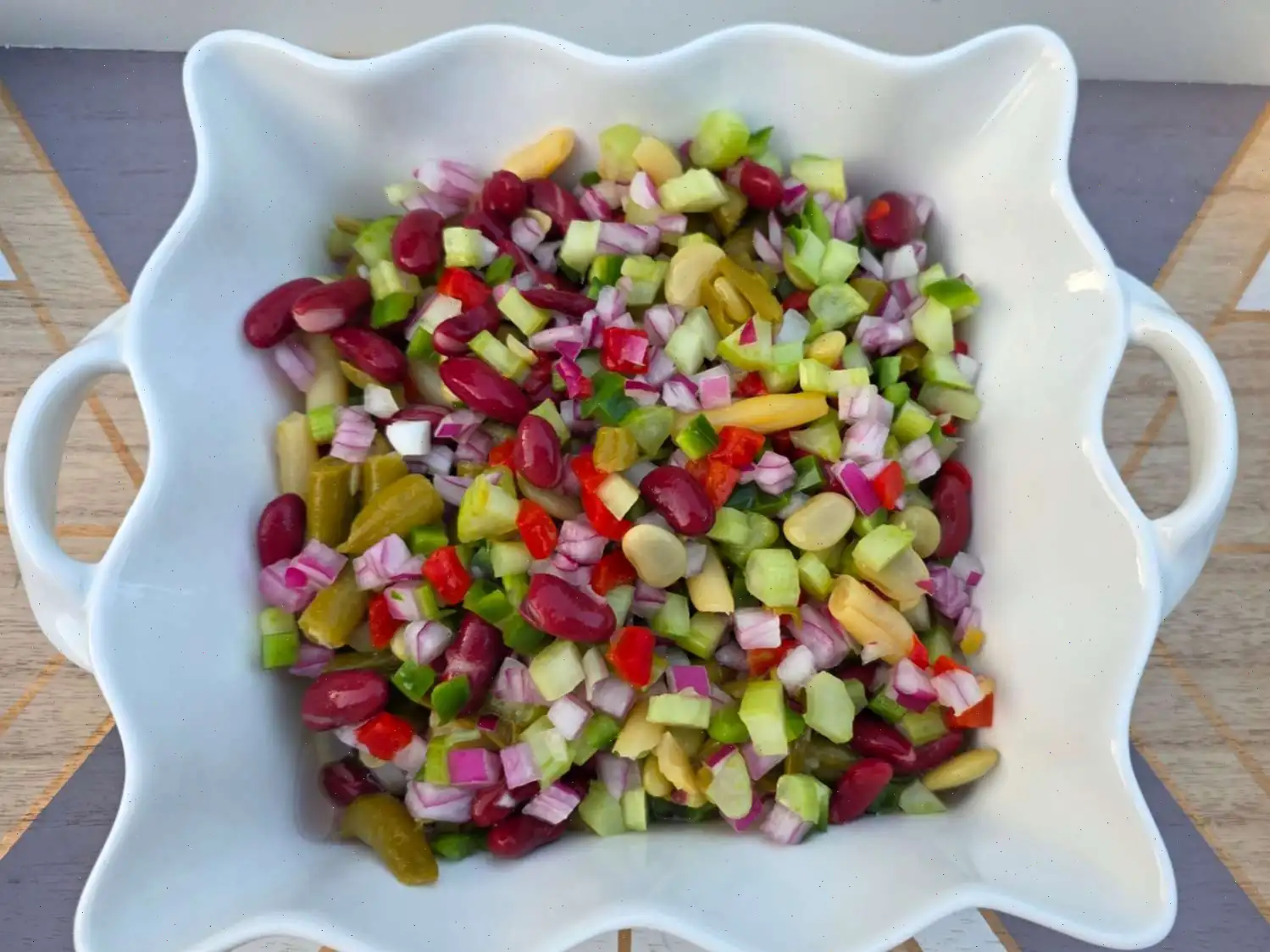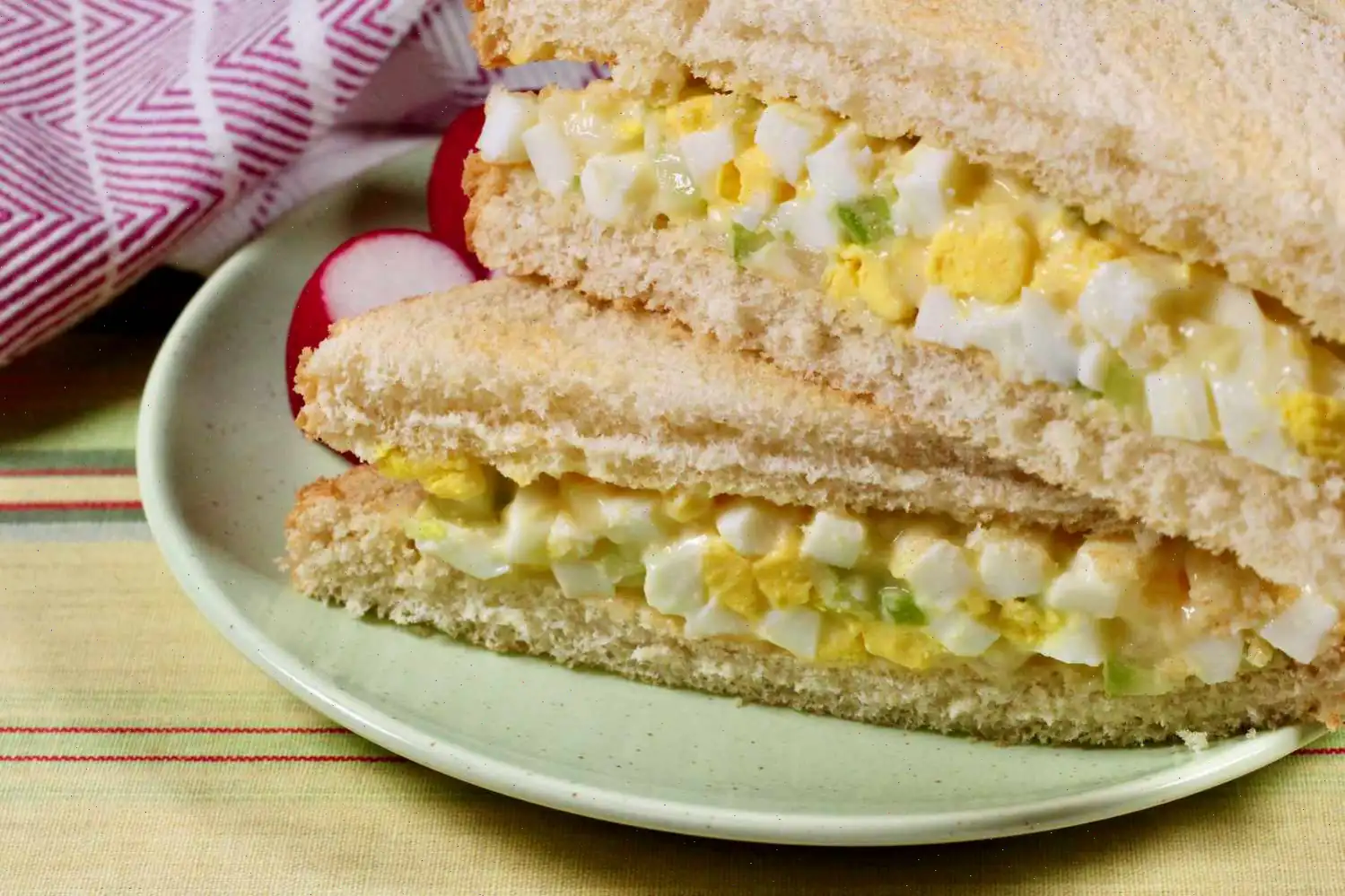
Crustless Ricotta Quiche Recipe
Ingredients
- 6 large eggs
- 1 cup ricotta cheese
- 1/2 cup whole milk
- 1/4 cup freshly grated Parmesan cheese
- 2 tablespoons chopped fresh basil, plus leaves for garnish
- 1 tablespoon chopped fresh oregano
- 1 clove garlic, minced
- 1/2 teaspoon salt
- 1/4 teaspoon freshly ground black pepper
- 1 1/2 cups baby arugula
- 1 cup cherry tomatoes, halved
- 1 tablespoon olive oil
- Balsamic vinegar for serving
Directions
- Preheat the oven to 350F (175C). Grease a 9-inch pie dish.
- In a bowl, whisk together the eggs, ricotta, and milk until smooth.
- Stir in the Parmesan cheese, basil, oregano, garlic, salt, and pepper until evenly combined.
- Pour the mixture into the prepared pie dish and spread it out evenly.
- Bake in the preheated oven for about 25 minutes, or until the quiche is puffed up and golden at the edges. A toothpick inserted into the center should come out clean.
- Let the quiche stand for 15 minutes to firm up.
- While the quiche is resting, toss the arugula, cherry tomatoes, and olive oil in a medium bowl.
- Just before serving, top the quiche with the arugula mixture and cut it into 4 slices.
- Garnish with additional basil and freshly ground black pepper, and drizzle with balsamic vinegar before serving.
Vegan Version
To make this quiche vegan, replace the eggs with a store-bought vegan egg substitute according to the package instructions. Swap out the ricotta for a vegan version, and use 1/2 cup of vegan mozzarella in place of the Parmesan. Bake for about 45 minutes or until the quiche is set and golden.
Meat Lover's Twist
If you prefer a meaty version, roast 4 slices of prosciutto on a parchment-lined baking sheet at 400F (200C) for 8-10 minutes until crispy. Drain the prosciutto, crumble it over the quiche, and serve.
Nutrition Facts (per serving)
| Calories | 1141 |
|---|---|
| Total Fat | 74g (95%) |
| Saturated Fat | 30g (151%) |
| Cholesterol | 1229mg (410%) |
| Sodium | 2312mg (101%) |
| Total Carbohydrate | 36g (13%) |
| Dietary Fiber | 3g (10%) |
| Total Sugars | 15g |
| Protein | 80g (161%) |
| Vitamin C | 31mg (34%) |
| Calcium | 1314mg (101%) |
| Iron | 8mg (46%) |
| Potassium | 1466mg (31%) |
* Percent Daily Values are based on a 2,000 calorie diet. Your daily values may be higher or lower depending on your calorie needs. Nutrient information is not available for all ingredients. If you are following a medically restrictive diet, please consult your doctor or registered dietitian before preparing this recipe for personal consumption.
History and Origin
The quiche has its roots in medieval Germany, specifically in the region of Lorraine, France, where it was originally a savory pie made with eggs, cream, and lard. Over time, it evolved into the dish we recognize today, with various regional variations. The crustless version, such as the Crustless Ricotta Quiche, reflects a modern twist on the traditional recipe, catering to those looking for a lighter, gluten-free alternative. Ricotta cheese, which is often used in Italian cuisine, adds a creamy texture and mild flavor, setting this version apart from its classic French counterpart. While the exact origin of the Crustless Ricotta Quiche is unclear, it is a popular choice in contemporary American kitchens, especially for brunches or light lunches.
Regional Features
In different parts of the world, quiche recipes have taken on unique characteristics. The Crustless Ricotta Quiche, however, stands out as a flexible dish that can be adapted for various diets. In Italy, ricotta cheese is often used in savory pies and pastries, making the incorporation of ricotta in quiche a natural fit. American chefs have embraced this variation, focusing on fresh ingredients like basil and arugula, which add a vibrant and fresh element to the dish. In fact, the use of fresh herbs and vegetables in the recipe can vary widely depending on what is seasonally available in your region. For instance, in Southern California, avocados might be added for extra creaminess, while in the Mediterranean, the addition of olives or sun-dried tomatoes is common.
How it Differs from Similar Dishes
The Crustless Ricotta Quiche is distinct from its traditional counterparts due to the absence of a crust. Traditional quiches, such as Quiche Lorraine, are made with a buttery pastry crust, which adds a crisp texture to balance the creamy filling. In contrast, a crustless quiche has a softer, more delicate consistency, and is often favored by those following low-carb or gluten-free diets. Another significant difference is the use of ricotta cheese, which provides a smooth and light texture compared to the sharper, more pronounced flavors of cheeses like Gruyre or cheddar typically used in traditional quiches. This makes the Crustless Ricotta Quiche a milder, more approachable version for those who enjoy a less overpowering taste.
Where Its Typically Served
The Crustless Ricotta Quiche is incredibly versatile and can be served for a variety of occasions. In the United States, it is often enjoyed for brunch or lunch, paired with a fresh salad or roasted vegetables. Its also a popular choice for potlucks and family gatherings due to its ease of preparation and ability to be served at room temperature. Additionally, this quiche can be found on the menus of casual cafs and bistros, especially those that emphasize healthy or Mediterranean-inspired dishes. In Italy, similar crustless quiches are sometimes served as a light main course, accompanied by a glass of crisp white wine or a refreshing cocktail.
Interesting Facts
- The word "quiche" comes from the German word "kuchen," meaning cake, which highlights its origin as a type of savory pie.
- Ricotta, the cheese used in this dish, is made from whey, a by-product of cheese-making, and was historically used by ancient Romans in their cooking.
- Crustless quiches are often considered lighter and healthier than their traditional counterparts, making them a favorite among health-conscious eaters.
- Quiche can be easily customized to accommodate different dietary preferences. For example, to make a vegan version of the Crustless Ricotta Quiche, you can swap eggs for a plant-based egg substitute and use vegan ricotta and cheese alternatives.
- In France, quiches are traditionally eaten as a lunch or light dinner, but they have gained widespread popularity around the world and are now commonly served for breakfast, brunch, or dinner.








